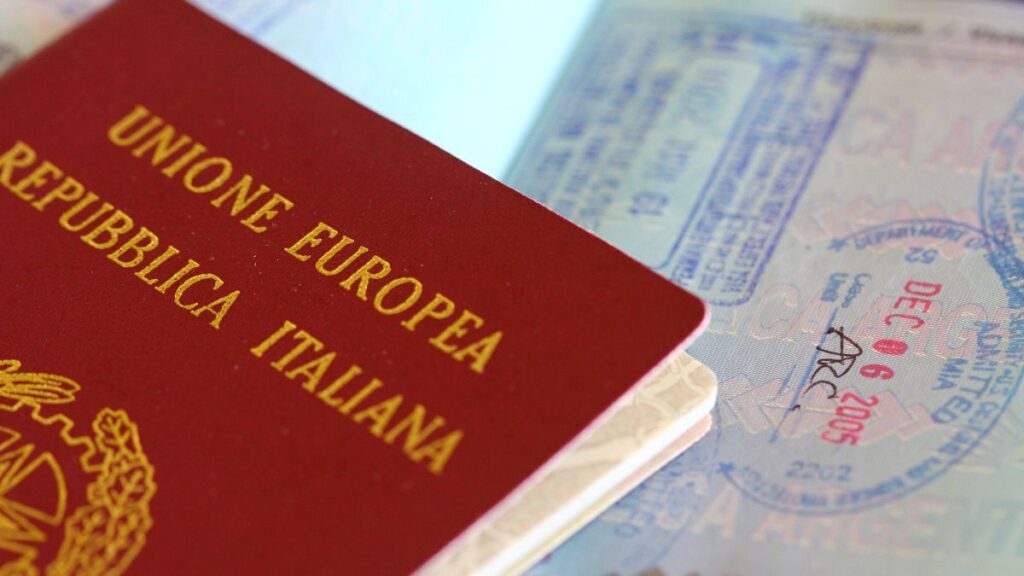Italians have been voting over the past couple of days on whether to slash citizenship residency requirements for non-EU immigrants from 10 years to five, but misinformation has swirled about the vote.
The country’s Minister of Infrastructure and Transport Matteo Salvini and others have claimed that Italy is the European country that grants the most citizenship applications, for example.
“The most dangerous [referendum] is the one that would extend citizenship to hundreds of thousands of people indiscriminately, with Italy being the number one European country in terms of the granting of citizenship every year,” he said in May.
However, it’s not true that Italy approves the most citizenship requests year on year, and we can check this by looking at the most recent numbers from Eurostat.
They show that in 2023, Spain granted the most citizenships, sitting at more than 240,000. That accounts for 22.9% of the total number of citizenships granted in the EU.
Italy came in second place with 214,000; then Germany with 200,000; France 97,000 and Sweden with 68,000.
The UK granted 202,000 citizenships in 2023, according to British government figures.
The leader board changes when the number of citizenships granted is analysed in relation to a country’s population.
In this instance, Luxembourg came first in the EU in 2023, with 8.8 citizenships per thousand people, followed by Sweden (6.4), Spain (5), Belgium (4.7) and Italy (3.6) scraping into the top five.
Slovakia, Bulgaria and Lithuania grant the fewest citizenships per 1,000 people, according to Eurostat, all of them sitting at below 0.5.
Eurostat also calculates the naturalisation rate for each country. It compares the number of citizenships granted to the non-national resident population.
Under this metric, the highest naturalisation rate was in Sweden (7.9), then Romania (5.9) and Italy (4.1).
“In 2023, in the EU as a whole, 2.6 usual residents per hundred resident non-national citizens were granted citizenship,” Eurostat said.
It’s true, therefore, that Italy consistently ranks among the highest by total number of citizenships granted, and has given the most in some years, such as in 2022 and 2020.
In the former, Italy again naturalised around 214,000 people, and in the latter it handed out citizenship to some 132,000.
Nevertheless, as things stand and as the results of the referendum come in, Italy has some of the strictest citizenship requirements in Europe, with immigrants needing to live there for 10 years before officially becoming Italian.
Others such as Switzerland, Lithuania and Slovenia have similar stipulations in place, while a sizeable amount of European countries ask that immigrants live there only five years. For example, Finland, France, Ireland and Portugal.
While Italy has been mulling reducing its naturalisation requirements, some countries are considering going or have already gone the other way.
The UK government has announced that it intends to bring in new rules raising the amount of time an immigrant has to live in the country before they can apply for citizenship from five to 10 years, unless they can show “a real and lasting contribution to the economy and society”.
Belgium meanwhile recently increased the cost of applying for citizenship from €150 to €1,000.
Read the full article here

